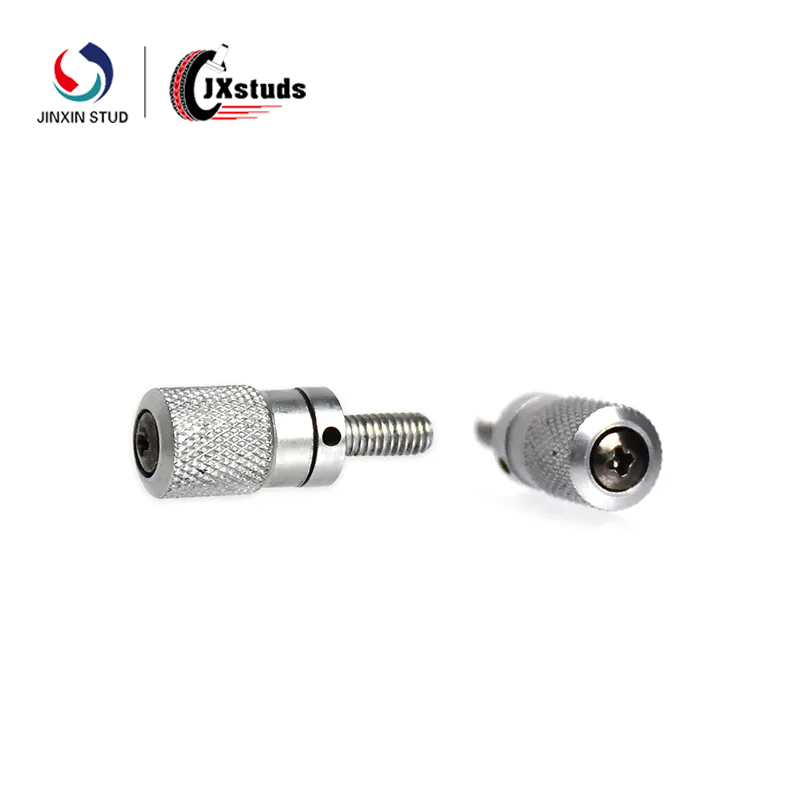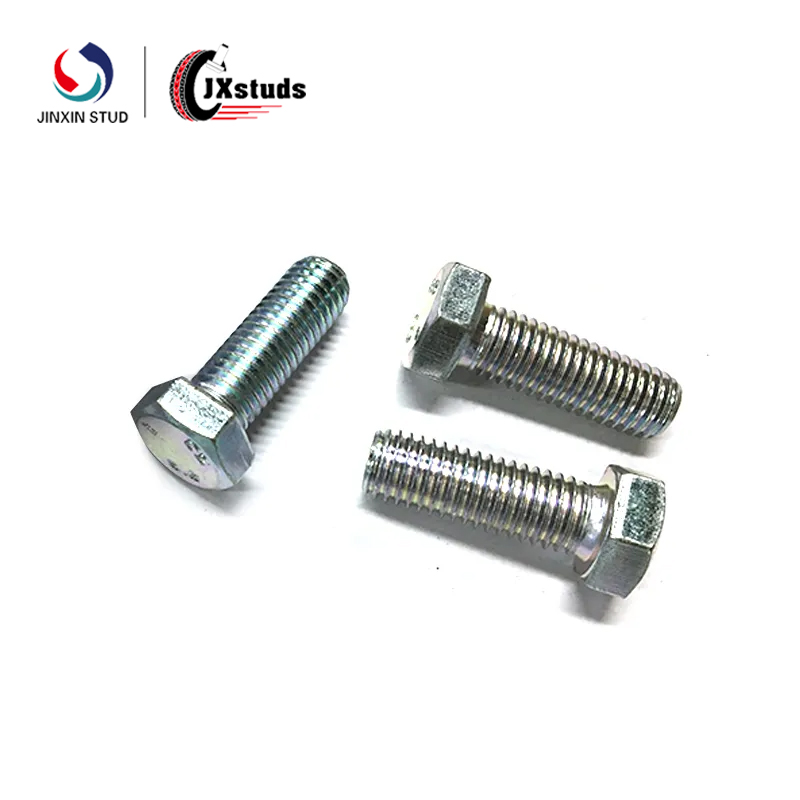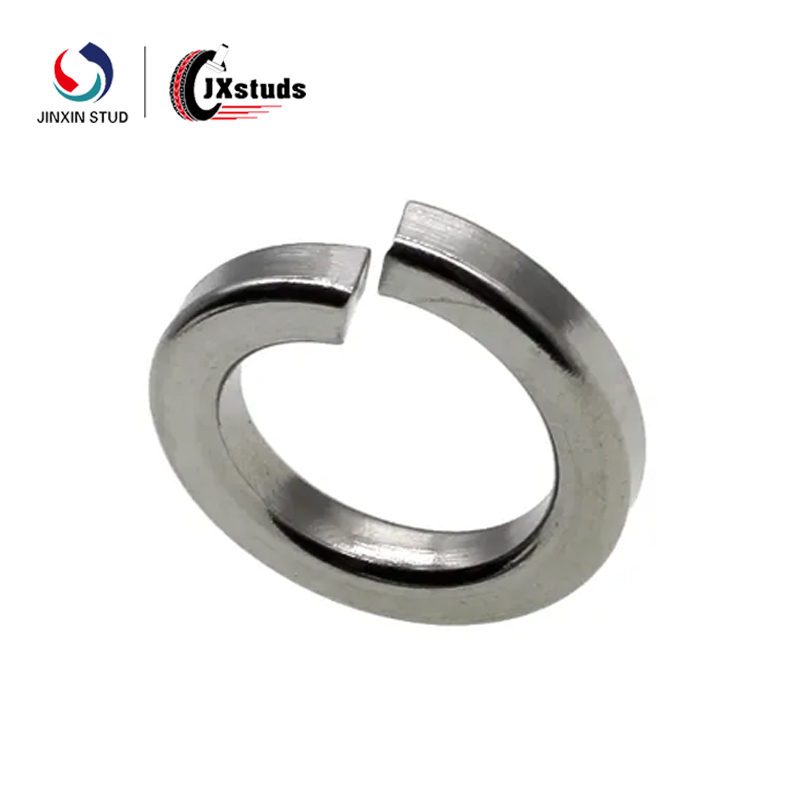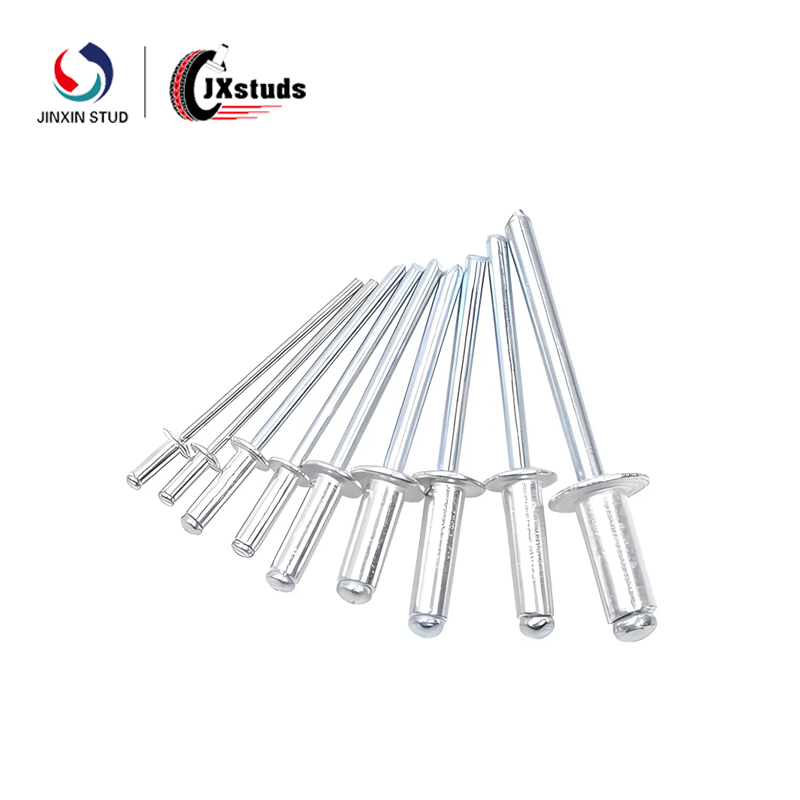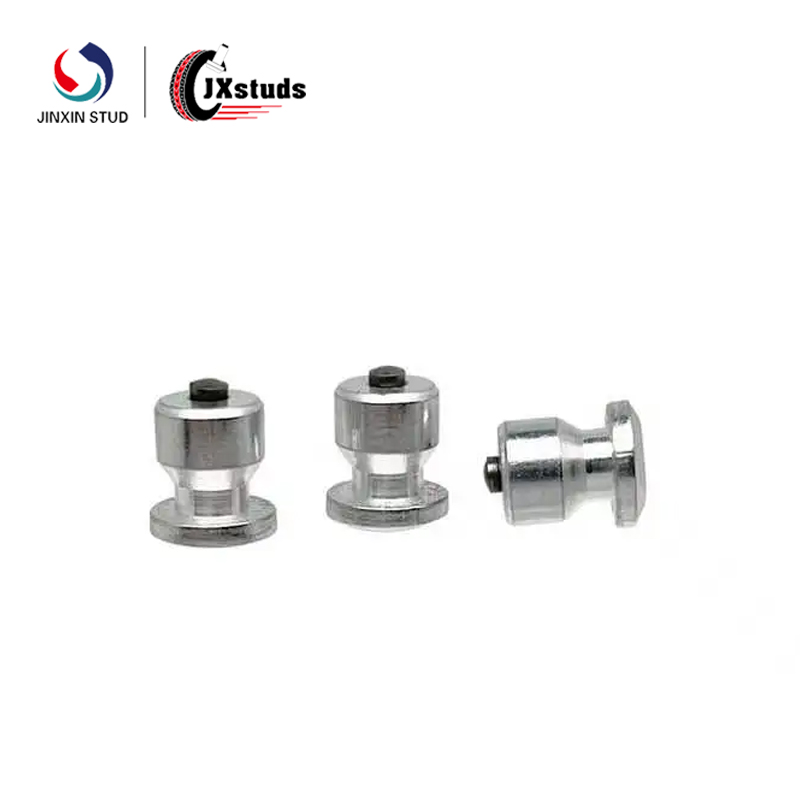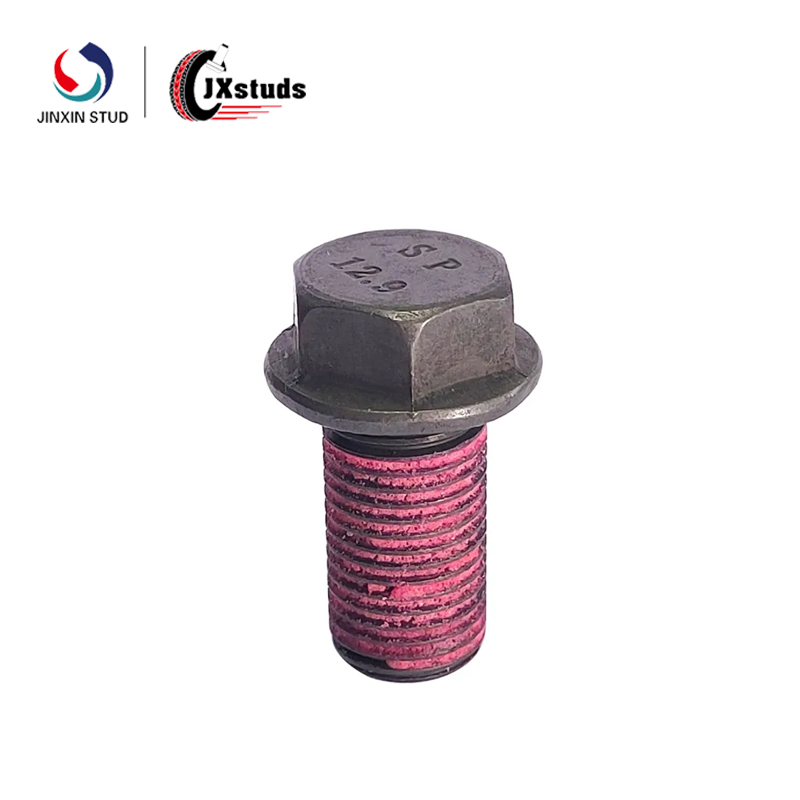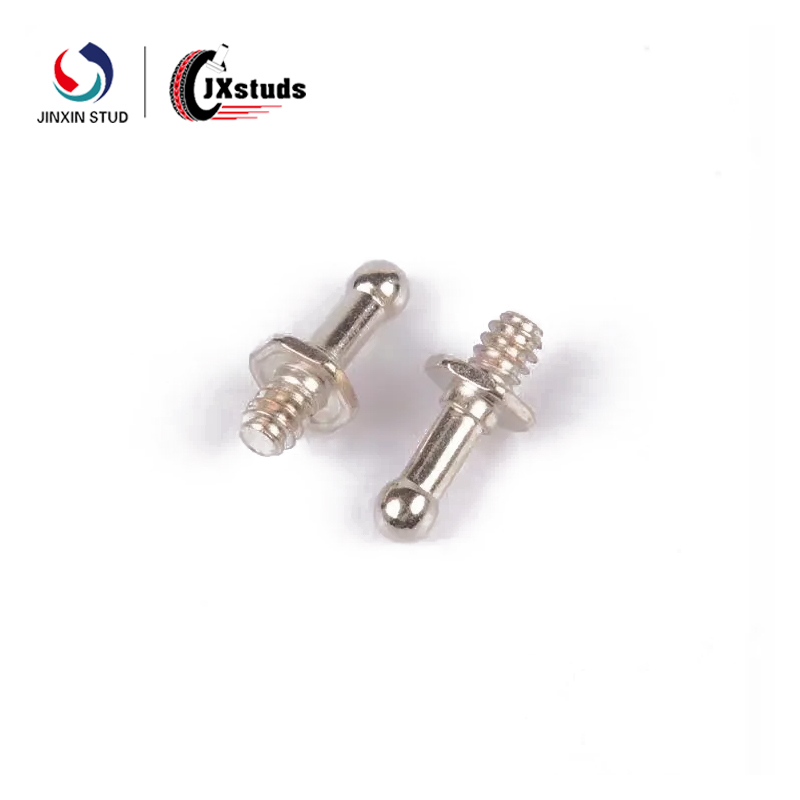Self-locking nuts and regular nuts are two common choices in industrial applications, but their performance varies greatly under different conditions. Self-locking nuts have built-in mechanisms to prevent loosening under vibration and dynamic loads. This is usually achieved through nylon inserts, metal deformation, or thread locking coatings. These nuts are widely used in the aerospace, automotive, and heavy machinery industries, where high vibration and extreme conditions require excellent fastening reliability.
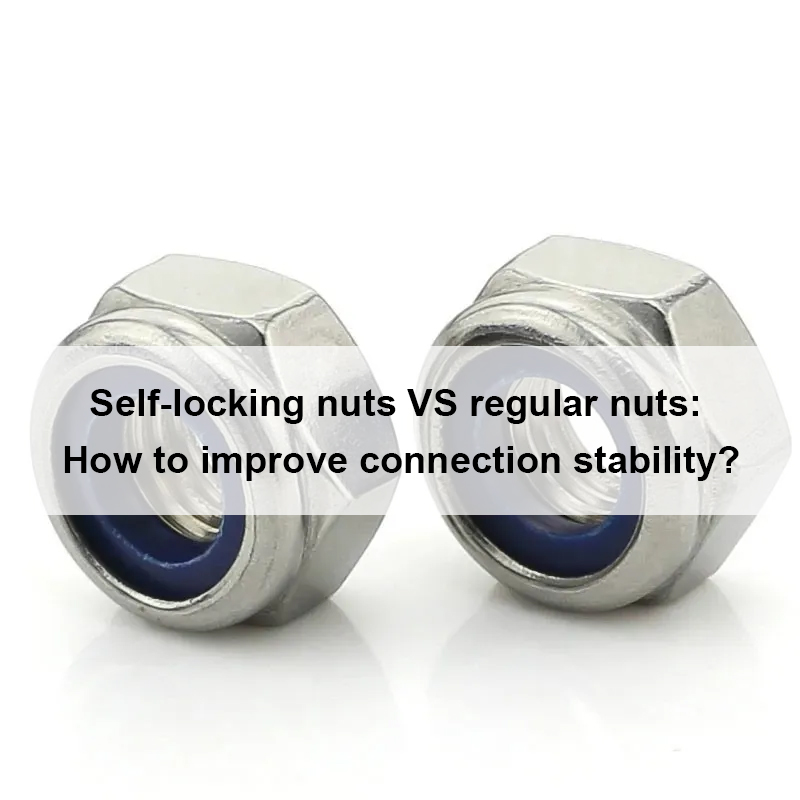
Key differences between self-locking nuts and regular nuts
1. Anti-loosening – Unlike regular nuts that rely solely on friction, self-locking nuts create additional resistance through their locking mechanism, greatly reducing the risk of accidental loosening.
2. Durability and service life – In high-vibration environments, self-locking nuts maintain their grip longer than standard nuts, ensuring better connection stability and reducing maintenance costs.
3. Easy installation and removal – Regular nuts are easier to install and remove, making them suitable for applications that require frequent adjustments. However, self-locking nuts may require specialized tools to tighten securely.
4. Cost considerations – While self-locking nuts are more expensive than regular nuts, their durability and connection stability can reduce long-term costs associated with fastener failure.
If your application involves high vibration (such as in the automotive, aviation, or rail industries), self-locking nuts are the best choice. For applications that require frequent fastener adjustment, regular nuts offer better convenience.


